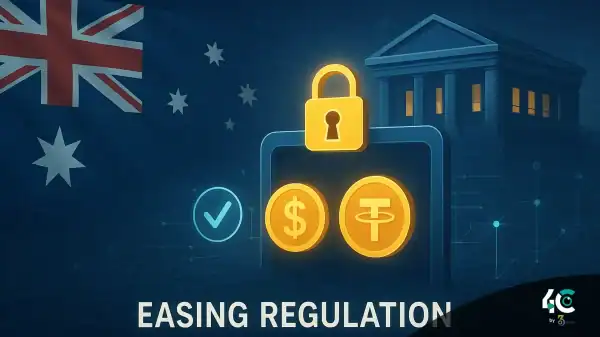Canada Nears Stablecoin Regulation
Canada is edging closer to joining the ranks of countries strengthening oversight of stablecoins, marking a pivotal shift in its approach to digital finance.
As reported by Bloomberg, the Canadian federal government is preparing to unveil new regulations for stablecoins.
An announcement could come as early as November 4, when Finance Minister François-Philippe Champagne presents the federal budget.
Officials have reportedly been consulting with regulators and crypto industry leaders to develop a framework that balances innovation, consumer protection, and market stability.
Canada’s Stablecoin Market Still Nascent
Unlike the United States or Japan, Canada currently lacks a specific law regulating stablecoins.
Regulators have suggested that some digital tokens may already fall under existing securities or derivatives laws — but no dedicated framework exists yet.
Currently, the local market for Canadian-dollar-backed stablecoins is small.
One example is QCAD, issued by Stablecorp, a Toronto-based fintech company. QCAD is fully collateralized 1:1 with the Canadian dollar.
Reports also indicate that Tether (USDT) was discontinued in 2023 due to compliance issues, while USDC — a USD-pegged stablecoin by Circle — remains available to Canadian users.
Also Read : Peaq, a Blockchain Network, Collaborates with Dubai’s VARA to Develop Tokenized Robotics and Machines
Bank of Canada Pushes for Regulatory Clarity
The Bank of Canada has urged lawmakers to establish a risk-based framework for stablecoins to help modernize the national payment system, according to The Canadian Press.
Regulations, the Bank argues, should allow consumers to enjoy the benefits of digital payments while mitigating credit and liquidity risks.
“Regulations are coming for stablecoins and other cryptocurrencies. This will ensure consumers can enjoy the benefits, while at the same time protect against credit and liquidity risks,”
said Ron Morrow, who oversees payment, supervision, and oversight at the Bank of Canada.
Experts warn that if Canada does not act quickly, it may fall behind in blockchain-based payment innovation.
Following the U.S. Lead: The GENIUS Act Effect
Much like how the United States enacted the GENIUS Act — signed under Donald Trump — Canada is preparing its own stablecoin regulatory framework.
The GENIUS Act established a federal standard for issuing fully collateralized stablecoins, backed one-for-one with U.S. dollars.
It also mandates AML safeguards, audits, and reserve disclosures.
Beginning in January 2027, the law will set a new international benchmark for digital currency oversight.
Since its passage, global interest in regulated stablecoins has surged.
U.S. dollar-pegged stablecoins now exceed $300 billion in market capitalization, with analysts forecasting continued institutional adoption and growth.
Canada’s Next Financial Frontier
By introducing a formal stablecoin regulatory framework, Ottawa aims to align with international leaders in digital currencies and financial innovation.
If these proposed rules are indeed included in the 2024 federal budget, Canada could position itself as a key player in the next generation of digital payments — transparent, compliant, and efficient.



































